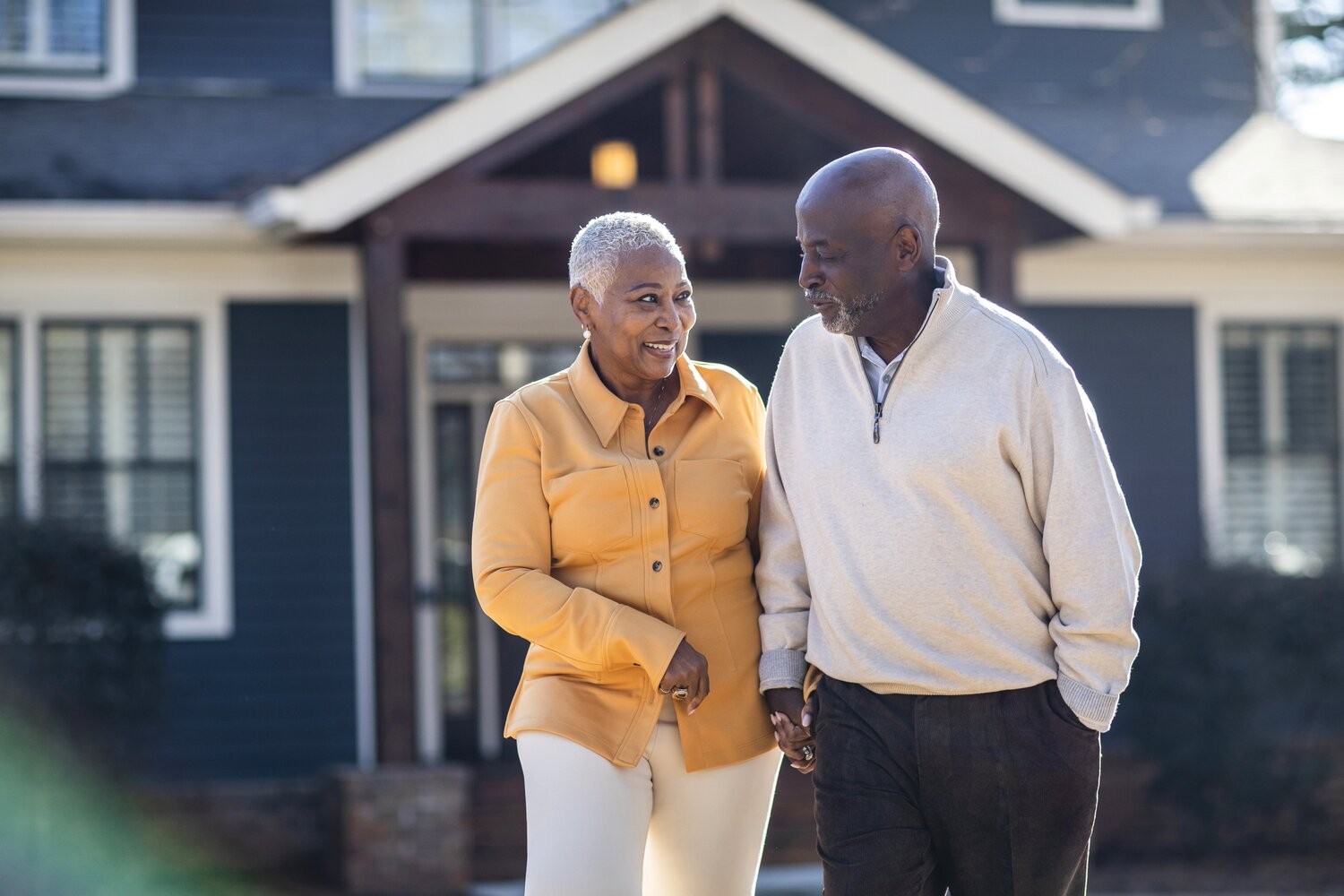What You Need to Know
The desire to age in place is one I hear often from my clients. And it’s a smart idea. It reflects a growing awareness of the desire to tailor our living spaces to support our evolving needs as we age, and as our family situations change. Aging in place, the concept of growing old in the comfort of your own home, is an attainable goal, it just takes some forethought and planning.
If you are thinking of buying your next house and the concept of aging in place is on your mind, you are not alone. According to the National Association of Realtors, the average age of homebuyers overall is 47 and most people live in their home for at least 10 years before they sell. Deciding to sell your home and look for a home more suitable for aging in place, or conversely staying in your current home and making changes that allow you to stay in it as you age is a big decision.
As an occupational therapist turned realtor, I’ve worked with many people as they have navigated this decision and I have some advice.
Consider whether the home you are living in or considering buying will allow for future changes and improvements to accommodate changing needs as you age. A single-story home or one with a master bedroom and essential amenities on the ground floor is ideal to avoid the challenges of stairs as mobility decreases.
Does your current or future home have wide doorways and hallways to accommodate wheelchairs and walkers? This can make it easier to move around the home as you age.
What is your family situation? Do you expect (or want!) adult children or family members to move in with you as you age? If so, consider multi-generational housing. Also look at accessory dwelling structures that can be adapted for boomerang children.
Look for homes with easy access to the outdoors, a level yard, and smooth pathways. This can promote physical activity and enjoyment of the garden or yard. You should also consider the level of maintenance necessary for the property. A low-maintenance exterior and landscaping can reduce the physical demands of homeownership which is important as you age.
Speak to an Expert
Consider property taxes and the cost of living. Will they be sustainable in retirement? Learn about proximity to essential services such as healthcare facilities, grocery stores, and public transportation. Being close to these amenities can simplify daily life and the availability of social and recreational activities in the community, as maintaining an active social life is essential for mental and emotional well-being.
The decision to stay in your current home and make modifications or look for something else is a tough one. If possible, consult with a Senior Real Estate Specialist (SRES). SRES® agents understand federal laws for the Housing for Older Persons Act (HOPA), and have undergone special training to give them the knowledge to counsel 50+ clients through the buying or selling process. The research you do ahead of time will help ensure a safe and comfortable living environment as you age.
About the Author: Jennifer Cosgrove O’Leary is one of the top 10 Realtors® (as certified by Real Trends) in the state of Rhode Island and the Co-Owner/Broker of Greenwich Bay Brokers. She is the only Certified Divorce Real Estate agent in the state, and is also a Senior Real Estate Specialist. Jennifer leverages her years of interior design experience, as well as her degree in occupational therapy to provide guidance on the critical aesthetic and ease of use elements that are part of the home buying and selling process.









Comments
No comments on this item Please log in to comment by clicking here